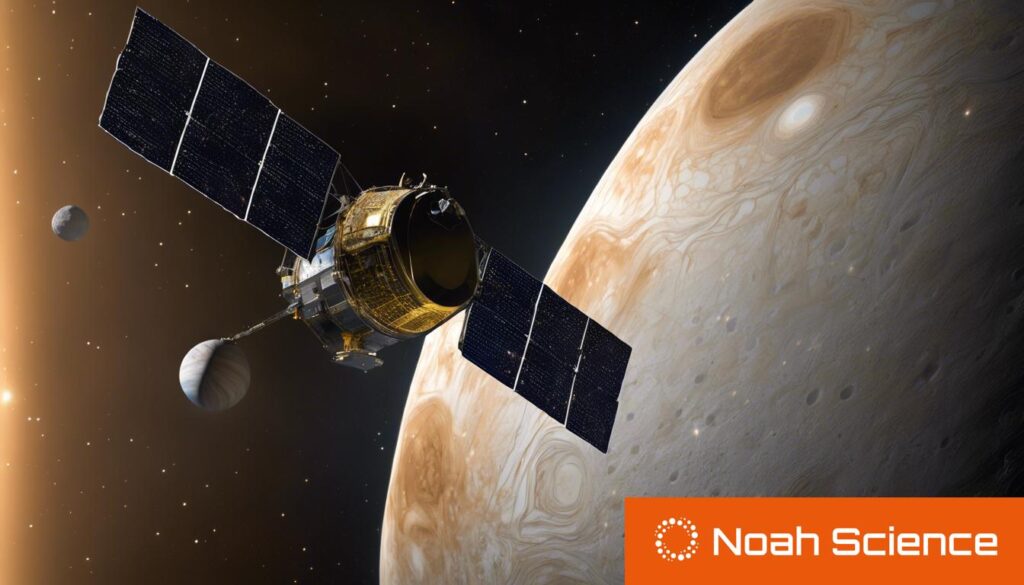Recent analysis by NASA’s Juno spacecraft challenges previous oxygen level estimates on Jupiter’s moon Europa, hinting at potential implications for its ability to support life.
A recent study analyzing data from NASA’s Juno spacecraft has revised the estimated quantity of oxygen on the surface of Jupiter’s moon, Europa. During a close flyby in 2022, the research, led by James Szalay from Princeton University, indicated that Europa produces between 6 and 18 kilograms of oxygen per second, which is less than what was previously thought based on earlier telescope observations. This new finding suggests a potentially lower oxygen production rate at Europa’s surface, raising questions about the moon’s capacity to support life.
This research is notable for being the first instance where a spacecraft has directly examined Europa’s environment, offering insights into its complex conditions. Although the discovery adjusts expectations about oxygen availability, it leaves open questions about the oxygen’s distribution between the moon’s atmosphere and ice, and its impact on the potentially habitable subsurface ocean.
To further investigate Europa’s habitability and its subsurface ocean, NASA plans to deploy the Europa Clipper mission, which will conduct close flybys of the moon. This mission is expected to enhance our understanding of Europa and its capacity to support life.


